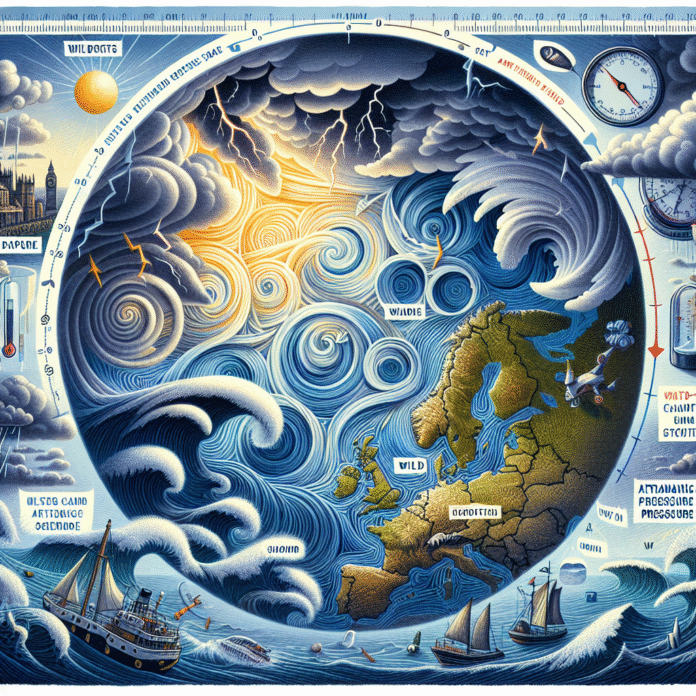Understanding Europe’s Unusual Weather Patterns Through Climate Science
Understanding Europe’s Unpredictable Weather: The Role of Atlantic Pressure Changes
The weather patterns across Europe have become increasingly erratic, prompting scientists to investigate the underlying causes. Recent studies have identified a significant connection between climate extremes in Europe and shifts in atmospheric pressure over the Atlantic Ocean.
The Influence of Atlantic Oscillation
One of the key factors contributing to these changes is the North Atlantic Oscillation (NAO), a climate phenomenon characterized by fluctuating pressure differences between the Icelandic low and the Azores high. When the NAO is in a positive phase, Europe typically experiences milder winters and wetter weather, while a negative phase can lead to colder, drier conditions. Recent shifts in the NAO have been linked to more extreme weather events, including severe storms, heatwaves, and prolonged droughts.
Climate Change Accelerates Weather Extremes
The impact of climate change cannot be underestimated in this context. Rising global temperatures contribute to the frequency and intensity of extreme weather events. Warmer air can hold more moisture, leading to heavier rainfall and increased flooding in certain regions. Simultaneously, other areas may experience drought conditions as weather patterns become more unpredictable.
Impacts on Ecosystems and Societies
These climatic changes have profound implications for both natural ecosystems and human societies. Altered precipitation patterns can disrupt agricultural production, threatening food security across the continent. Wildlife habitats are also at risk, as many species struggle to adapt to rapidly changing conditions. Moreover, increased weather volatility poses challenges for infrastructure and emergency response systems, necessitating enhanced planning and resilience strategies.
The Need for Adaptive Strategies
As Europe grapples with these shifting weather patterns, the importance of adaptive strategies becomes increasingly clear. Policymakers, scientists, and communities must work together to develop comprehensive plans for disaster preparedness, sustainable land use, and climate resilience. Investing in renewable energy sources and reducing greenhouse gas emissions are critical steps toward mitigating the effects of climate change and stabilizing weather patterns.
In conclusion, the connection between Atlantic pressure shifts and Europe’s extreme weather highlights the urgent need for a collaborative response to climate change. Understanding these dynamics is crucial for building a sustainable future and safeguarding our environment for generations to come.
